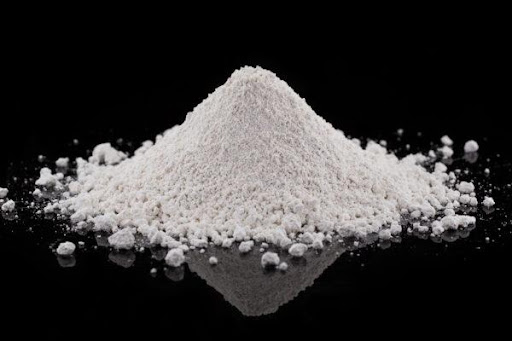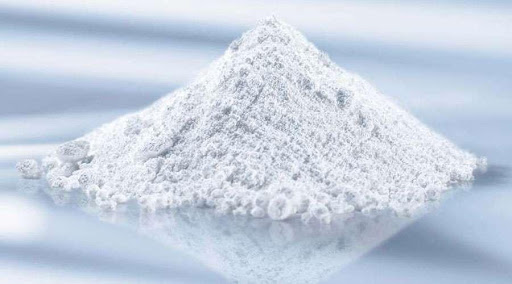In 1841, the first commercial production of precipitated calcium carbonate (PCC) started in John E. Sturge Limited and was then called precipitated chalk. The process of precipitation allows the formation of very fine particles compared to those obtained by grinding limestone.
PCC also known as synthetic calcium carbonate with the same chemical formula as limestone, chalk and marble which are also other forms of calcium carbonate is considered nontoxic and as such has many commercial and industrial applications.
The atoms of carbon, calcium and oxygen that make up calcium carbonates often form three different arrangements. However, for PCC only the calcite form (hexagonal arrangement) is prevalent.
PCC is produced by the hydration of calcium oxide and the reaction of the mixture produces carbon dioxide. The resulting compound produced from this method is white and has its particle size uniformly distributed and is considered nontoxic. It is available in various sizes promoting its effective use in desired area of application.
Although Precipitated calcium carbonate is made from limestone, it contains lower amount of lead and silica and is therefore purer with even more uniform and regular particles. For the use of this material in non-aqueous applications, they are often coated with fatty acid (less than 3%) to improve its performance by increasing their compatibility with the medium.
However, the choice of coating depends on the anticipated performance and the medium where it will be used. The method of production of this compound ensures high level of purity is maintained.
Applications
PCC finds applications in various fields in light of their physiochemical properties such as high purity, distribution of their particle size, non-toxicity and its availability. Its various applications are discussed below:
Health Care
It has also found its application in health care in light of their flexible characteristics such as crystalline phase, surface area and the distribution of their size. Since PCC is manufactured from calcium carbonate, it is very rich in calcium content and therefore used in production of supplements. It is nontoxic and is used as a base material for pills and creams. For patients with kidney failure, it can be used as a binder for phosphates in the treatment of hyperphosphatemia.
Pollution Mitigation
Studies have shown that PCC can be used to neutralize acid rain effect in waters. The method of liming using PCC is practiced lately to reduce acid level in soil and water. You can check here https://en.wikipedia.org/wiki/Calcium_carbonate for more information on how it is used for pollution mitigation and other applications.
Agriculture
It is used in agriculture as a cost-effective method to neutralize acidic soil, thereby increasing productivity.
Carbon-dioxide Storage
It is no news that global warming is as a result of the accumulation of greenhouse gases in the atmosphere. Conversion of carbon dioxide into PCC using the mineral carbonation method is a promising option for the industrial carbon capture and storage. This is a promising industrial application of this material which will help reduce greenhouse effect.
Food and Beverages
It is also used to fortify food and beverages due to their high calcium content. It can also be used in the process of fermentation as well as to reduce acidity level in food and beverages.
Polymer Application
It can also be used to improve the mechanical properties of polymers for automobile application. It is also used as reinforcement in polymers to produce materials of improved quality and reduced weight.
Adhesives and Sealants
It is used as filler in adhesives and sealants to improve their performance for desired applications.
Paper Making
PCC is used as a filler material and as colorant in the making of high-quality paper products. It improves the optical and print characteristics of paper products. The flexibility of PCC allows its production in the paper mill increasing its availability as well as cost reduction.
Because of its cost effectiveness, it is a suitable replacement for wood pulp and other additives used in the production of paper. You can check here to learn more about why PCC trumps other materials in the production of paper.
Major Benefits of PCC

Compared to other forms of calcium carbonate, PCC has different crystalline forms which can be produced for applications in different areas. There is also the possibility of achieving a smaller particle with more uniform sizes. The precipitation process used in the production ensures higher purity than other forms of calcium carbonate. The rheological properties of this compound are also defined giving it an edge over other forms.
Conclusion
The use of PCC dates as far back as 1841 and is still applicable in numerous sectors such as health, engineering, paper production and even the agricultural sector. In terms of cost effectiveness and benefits compared to other forms of calcium carbonate, this material has a lot of advantages and will continue to do in the nearest future.





